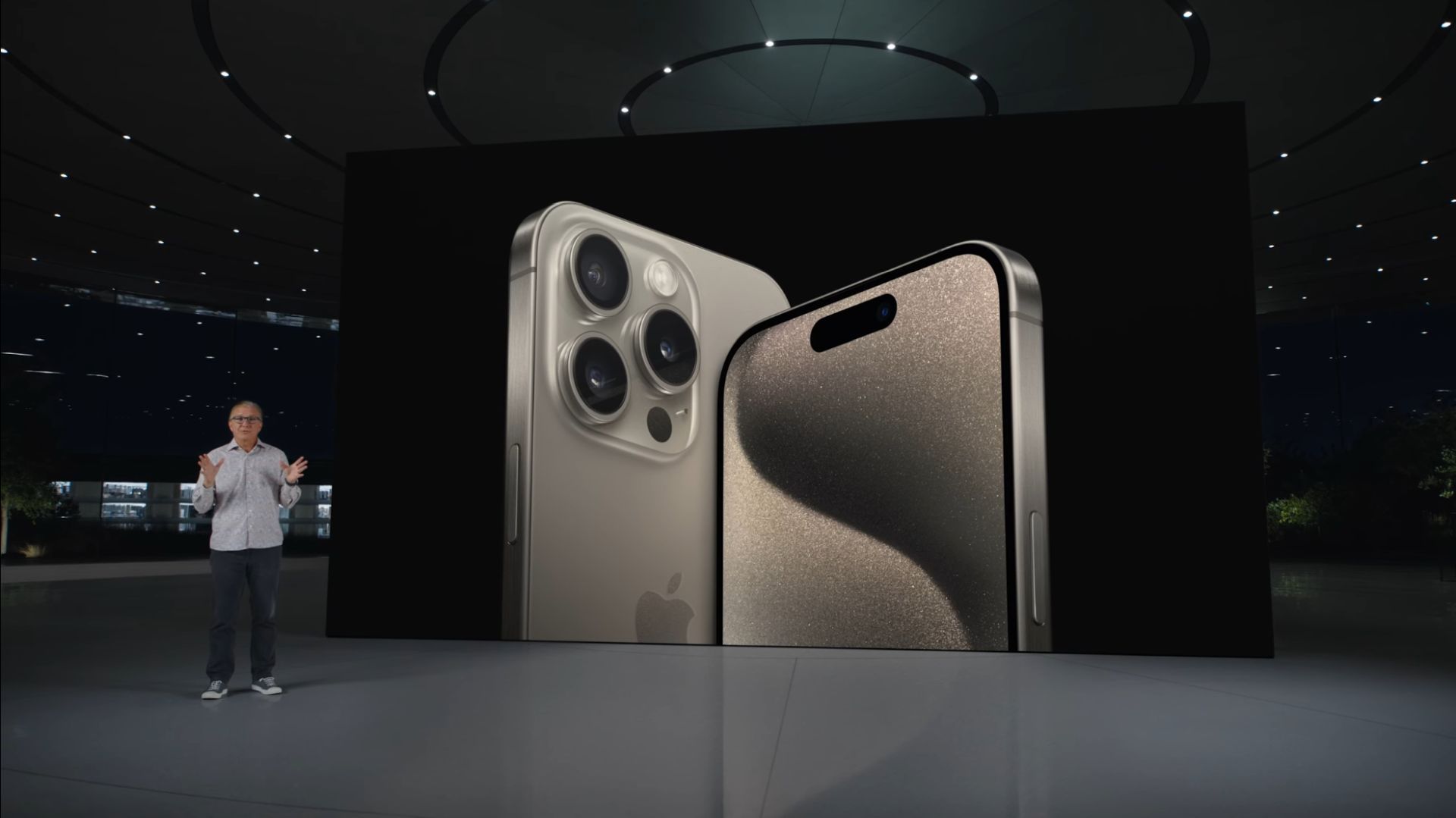Adhesive-gate: Some of Apple’s iPhones may have back edges that are peeling off
There are reports that some owners of the iPhone Pro 15 may have units with this "peeling" design flaw

So, any bets on what the next “gate” label will be for this Apple iPhone product design flaw? Adhesive-gate? Unglued-gate? Back-of–iphone-pro-15-is-peeling-off-gate?
Well, if you haven’t heard, here’s what’s happening: It appears that on some Apple iPhone Pro 15 models, the edges of the phone's thin, back panel are peeling off the unit, according to a number of reports, including one from the Daily Mail. (On the units I've see from Reddit and other publications and blogs, it looks as if the edges of the iPhone have been slightly scraped, but the owners say it's actually peeling off the phone.)
It’s not the only iPhone Pro 15 issue that’s being reported. For instance, another possible defect that some consumers are complaining about is that there is a sharp edge between "the back cover glass and the titanium frame," according iPhone Pro 15 owners who posted comments and images on MacRumors' forums. And there have been reports that claim the iPhone Pro 15 and Pro Max can get too hot and become difficult to hold because of the heat.
What’s the worst design flaw you’ve experienced with an Apple product?
This isn't the first time Apple has been forced to deal with defects in design. It's happened a number of times in the past.
Sometimes, Apple simply created awkwardly designed products. Perhaps they weren't thin enough or they weighed too much. Consider the Apple Macintosh Portable, which was super expensive ($6,500 in 1989, or $12,600 today). And although it was marketed as "portable," it weighed a whopping 16 pounds!
But Apple didn't just make mistakes with hardware. It created clunky software, too: When Apple released iOS 6, in 2012, Apple replaced Google Maps, which worked very well and was quite accurate, with Apple Maps, which had many accuracy and usability problems. (For more, see Christine Chan's wonderful article, "Apple's 9 biggest mistakes and how it fixed them.")
But when there's a design flaw in the hardware–which might be what's happening with the iPhone Pro 15's peeling issue, although it's too soon to tell–as opposed to a product that's just poorly designed (it's not thin enough), that kind of problem can make headlines.
iMore offers spot-on advice and guidance from our team of experts, with decades of Apple device experience to lean on. Learn more with iMore!
One of the most infamous examples that did, in fact, make headlines for Apple, was when it introduced the iPhone 4, in the summer of 2010: The newly redesigned phone had a new, very smart-looking design and even had better photo capabilities. But when you held the iPhone 4 a certain way, your cellular signal could drop significantly or even stop altogether due to the metal band around that framed the phone and acted as an antenna for your cellular calls. (Chan discusses the iPhone 4 in her article, as well.)
But, as you can imagine, when journalists found out that the phone's design affected the antenna's performance so dramatically, it became known as "antennagate."
It was covered extensively in the press, including an article in the New York Times, which wrote about it in July, 2010, stating that "On Monday, Consumer Reports, America’s trusted source of product reviews, said it would not recommend the iPhone 4 because of a hardware flaw with its antenna that sometimes resulted in dropped calls. The independent consumer magazine also cast doubt on Apple’s recent explanation that a software bug had caused the widely reported problem. Apple did not return requests for comment."
At the moment, it doesn't appear as if this iPhone Pro 15's peeling issue will rise to the level of "Antennagate," but it's still early. We'll also be sure to keep checking back to see if anything further develops in this story.

Terry Sullivan has tested and reported on many different types of consumer electronics and technology services, including cameras, action cams, mobile devices, streaming music services, wireless speakers, headphones, smart-home devices, and mobile apps. He has also written extensively on various trends in the worlds of technology, multimedia, and the arts. For more than 10 years, his articles and blog posts have appeared in a variety of publications and websites, including The New York Times, Consumer Reports, PCMag, Worth magazine, Popular Science, Tom’s Guide, and Artnews. He is also a musician, photographer, artist, and teacher.
